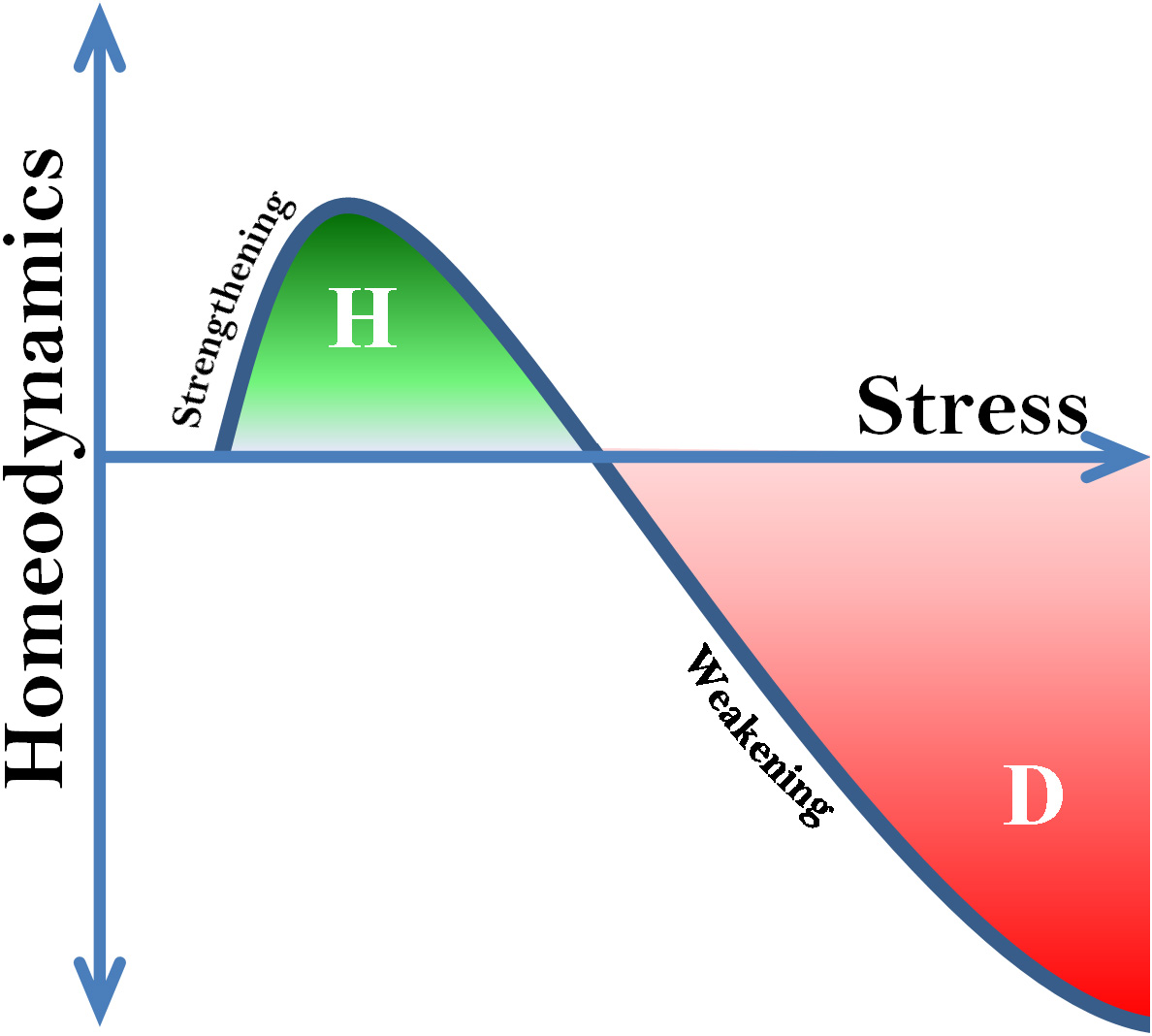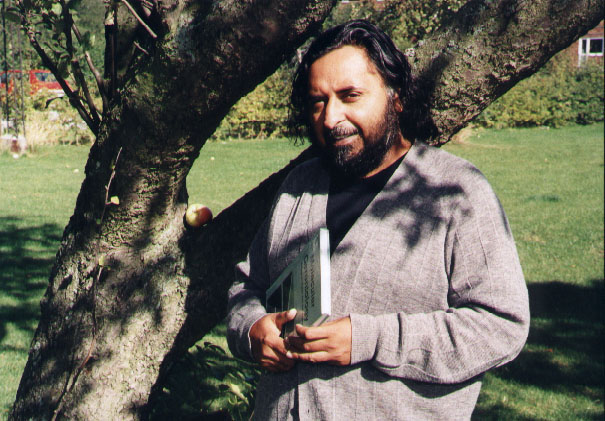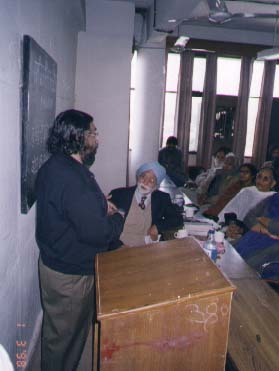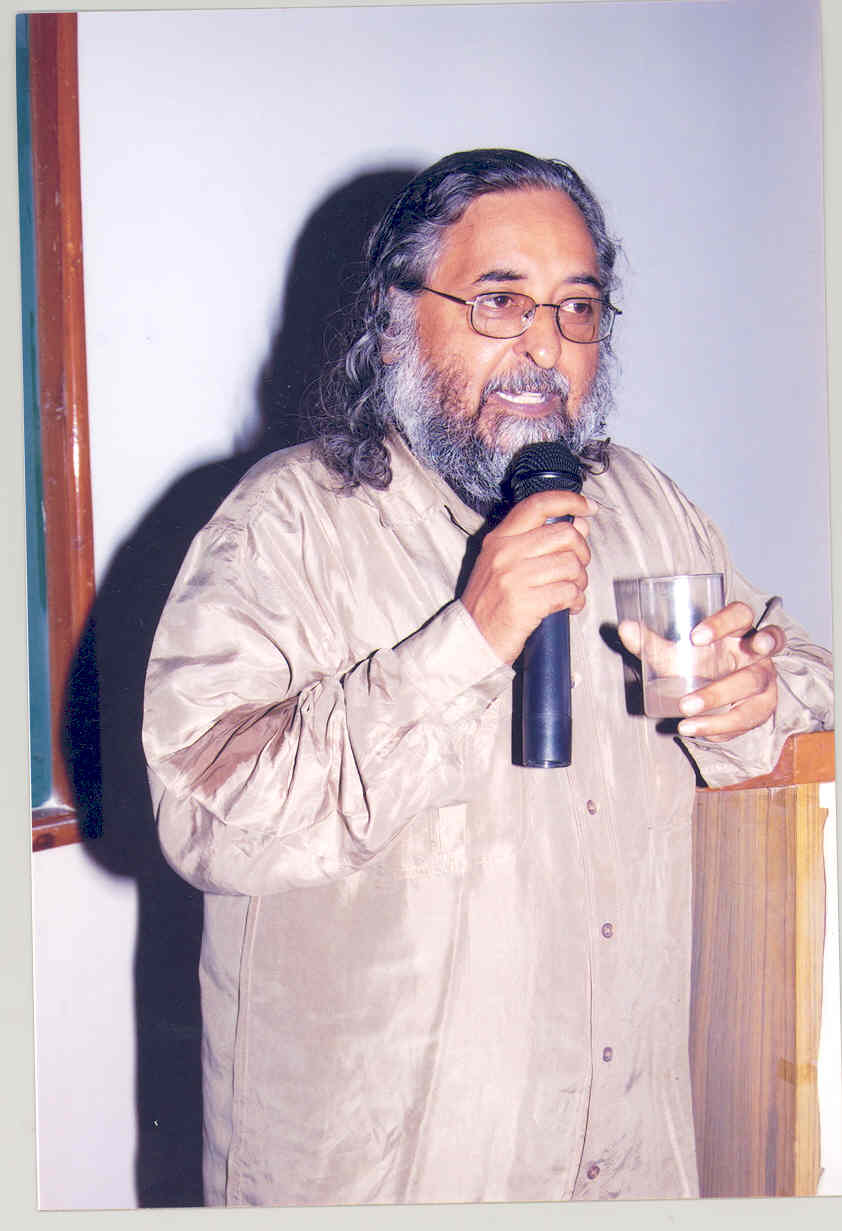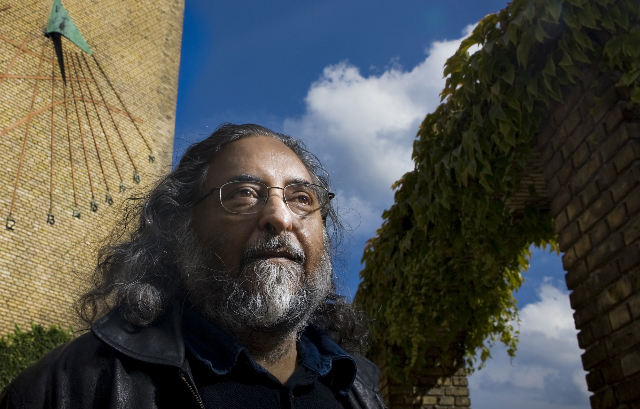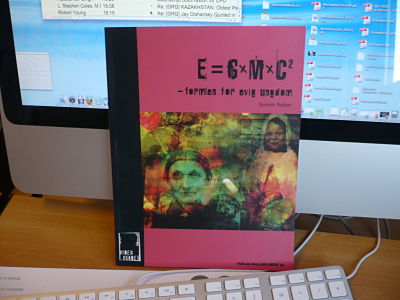Challenging yourself to achieve and enjoy healthy ageing through hormesis
Health beneficial effects of repeated mild stress of choice….
HORMETICS – is the science and the study of hormesis
The consequences of stress can be both harmful and beneficial depending on the intensity, duration and frequency of the stress, and on the price paid in terms of energy utilisation and other metabolic disturbances. But the most important aspect of stress response (SR) is that it is not monotonic with respect to the dose of the stressor. Rather it is almost always characterized by a nonlinear biphasic relationship. Several meta-analyses performed on a large number of papers published in the fields of toxicology, pharmacology, medicine, and radiation biology have led to the conclusion that the most fundamental shape of the dose response is neither threshold nor linear, but is U- or inverted U-shaped, depending on the endpoint being measured. This phenomenon of biphasic dose response is termed as hormesis, and I suggest HORMETICS as the term to refer to the science and the study of hormesis.
The homeodynamic ability of a biological system is affected by stress in a biphasic dose response manner, termed physiological hormesis. Lower levels of stress result in the strengthening of homeodynamics in a hormetic zone (H), and a chronic and severe stress results in the weakening and disruption (D) of the homeodynamics leading to functional impairments, diseases and eventual death. The key conceptual features of hormesis are the disruption of homeodynamics, the modest overcompensation, and the reestablishment of homeodynamics.
HORMETINS AS MODULATORS OF AGEING, DIFFERENTIATION AND WOUND HEALING
Various natural or synthetic compounds which can bring about biologically beneficial hormetic effects by activating one or more pathways of stress response, are termed as hormetins. Actually, hormetin can be any condition which challenges one or more stress response pathways in the cells, and is potentially hormetic in strengthening the homeodynamic space. Three main categories of hormetins can be:
–Physical hormetins – exercise (running, walking, weight lifting etc), temperature (hot sauna or cold baths), irradiation (sunlight, solar-treatments), needle-pressure (acupuncture?)
– Nutritional hormetins – food restriction (fasting, low calorie diet), spices (turmeric, clove), ginger, garlic, onion, and micronutrients (zinc). There are many many more nutritional hormetins yet to be identified, and synthetic hormetins yet to be synthesized.
– Mental hormetins – mental activity (reading, puzzle solving, chess), public speaking/performance, focussed attention (meditation), “falling” in love….
COHA – CERTIFICATE OF HORMETIN AUTHENTICITY
If you are a producer of or thinking of producing a hormetin, you could get it authenticated by my series of criteria for hormetins, and a “CERTIFICATE OF HORMETIN AUTHENTICITY – COHA” will be issued, which can be the basis of the scientific credibility of your product.
Some of my books dealing with hormesis: (my research and review articles on hormesis can be seen in my general publication list).
- The Science of Hormesis in Health and Longevity, Editors: Suresh Rattan and Marios Kyriazis; Academic Press UK; 2019, ISBN: 978-0-12-814253-0
- Hormesis in Health and Disease. Editors: Suresh Rattan and Eric Le Bourg, CRC Press, Boca Raton, Florida, USA (2014) ISBN: 978-148-2205459
- Mild Stress and Healthy Aging: Applying Hormesis in Aging Research and Intervention. Editors: Eric Le Bourg and Suresh Rattan; Springer Publishers, Dordrecht, The Netherlands ISBN: 978-1-4020-6868-3 (2008).
